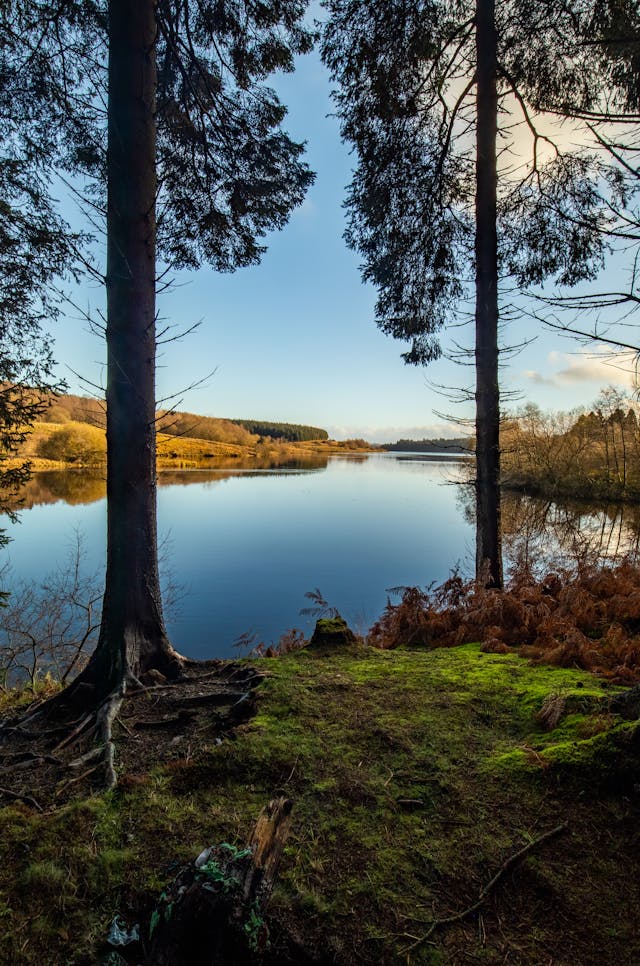Flashback to last February’s forest walk: We walked through Briarbanks Wood, an ancient area of mixed deciduous woodland. Remember the wood wide web- the network of roots and fungi used by the trees to communicate with each other, share information and move nutrient around? The trees formed a community, who not only lived together but shared things together and supported each other.
This year our walk takes us partly through the margins of Kielder Forest a commercially planted area of coniferous woodland, England’s largest and things are very different. The dominant species is Sitka Spruce, a tall fast growing native of Western North America. The trees grow with a dense upper canopy which cuts out the light, discouraging ground cover growth. Furthermore, the soils are very thin and acidic, lacking nutrient because of the length of time it takes for pine needles to de- compose, because of their resin content. These combine to create a much slower cycle of eco life which discourages both micro and macro fauna.
We are entering a totally different environment- one described by Peter Wohlleben in ‘The Hidden Life of Trees’ as consisting of trees which ‘live their lives like street kids’ – a collection of trees which cannot be looked upon as a caring, interdependent, sharing community but rather a collection of ‘undisciplined, abused, orphaned immigrant loners’: Undisciplined because their aim in life is selfish fast growth ; ‘abused’ because of the years they spend in nurseries where roots are consistently trimmed to keep them compact, so they fail to develop properly when planted out also because of the heavy density of trees which relies on thinning to give trees space for growth. ; ‘orphans’ because there are no mature surrogate parents who offer protection to trees when first planted; ‘ immigrants’ because they have been brought into the country from North America purely for the profit which can be extracted from growing them. They live their lives on a lonely limb and look upon growth as a rat race to be won by whatever means they can. There is no wood wide web partly because they have a relatively short life span because of the commercial interests of forestry which demands a fast return on capital invested, so have little time for one to develop and also because their root systems are shallow and very restricted in outreach.
Hopefully on the walk you will have the opportunity to wander around in some part of the forest. The trees are our hosts and we are entering their world and they want to share it with us. They suggest we take a very slow stroll, stopping periodically to look around, apply our senses and exercise our imaginations. Journey not as a tourist but as a traveller and look beyond what you see, try to understand their habitat and the way they live. Wohlleben is rather forlorn about life for them, however this may well be a product of his prejudice against mass commercial forestry and may be the trees feel differently. Their togetherness brings protection from wind, their shape from snow and the resin content in their sap protection from cold and disease. So they are adopted to their environment. Though communication is restricted, communication with immediate neighbours is probable via electronic impulses and by smell over a wider area, so may be life is not as forlorn as he paints. What do you sense they might be saying?
Ps. If you have time and inclination don’t forget to give a few hugs – perhaps they need it more than last year’s trees!
Photo by Dimitar Petrov: https://www.pexels.com/photo/autumn-lake-landscape-15966268/
Has been a part of BeachcomberFX since his arrival in the North East in 2014. He is well travelled (at least in the UK) having lived in Manchester, Nottingham, Derbyshire, Southport, Doncaster, Berwick and Edinburgh. Supporter of Newcastle United, will watch any sport.
